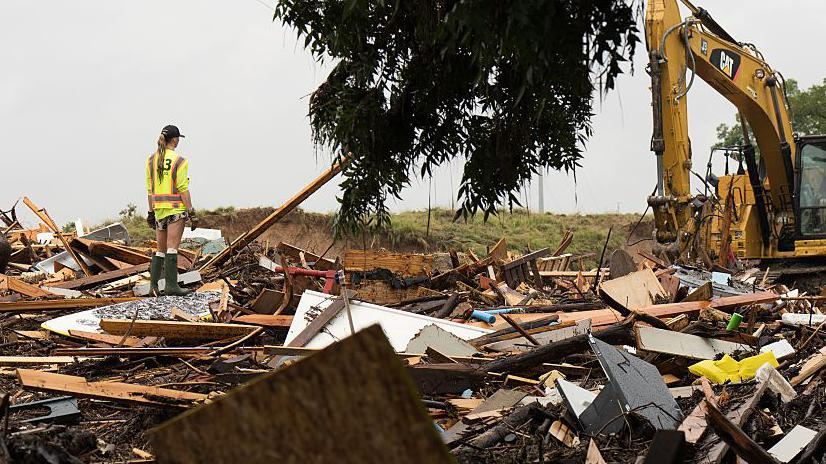State House Church Project & Mosque Demands

President William Ruto's decision to construct a KSh 1.2 billion church at State House, Nairobi, has ignited widespread controversy across Kenya, drawing sharp criticism from various political and religious figures while also receiving staunch defense from his allies. The monumental structure, designed by Skair Architects Limited, is envisioned with modern finishes, huge tall windows, a prominent center tower, twin rooftop crosses, amphitheatre galleries, a large family space, and four prayer rooms, boasting an impressive seating capacity of 8,000 people. This undertaking has sparked a national debate concerning its necessity, funding, and implications for Kenya's constitutional status as a secular state.
Among the first to publicly condemn the project was Saboti Member of Parliament Caleb Amisi, who urged President Ruto to prioritize national governance and service delivery instead. Amisi notably referenced former presidents Uhuru Kenyatta and Daniel Moi, emphasizing that they never considered building such religious infrastructures at State House, implying Ruto was deviating from established norms and risking political repercussions in the 2027 General Election. Similarly, Archbishop Jackson Ole Sapit of the Anglican Church of Kenya (ACK) voiced concerns, questioning the church's priority, its potential to foster interreligious conflict, and whether its presence at State House implicitly declares Christianity as the state religion, thereby contradicting Kenya's secular constitution. Sapit also raised questions about who would serve as the designated cleric for the new sanctuary, given its official status.
In response to the mounting criticism, President Ruto fiercely defended his initiative, stating he had “no apologies to make” for building the church. He clarified that he was not utilizing taxpayer money for the construction, asserting that he would fund the project with his own resources because “the church of God is something that demands respect.” Ruto attributed the opposition to the "works of satan" and maintained that his deep-rooted faith was the primary motivation behind replacing the existing “iron sheet church” with a more dignified structure befitting the State House’s status. His loyalist, Dennis Itumbi, the Head of Creative Economy and Special Projects, further bolstered this defense by asserting that the concept of a chapel at State House was a long-standing tradition, with space for worship having been deliberately carved out by British colonialists. Itumbi also contended that the Anglican Archbishop, by virtue of tradition and the strategic location of Archbishopbourne, was inherently designated as the national chaplain for such a facility, a role he claimed former President Uhuru Kenyatta had tried, unsuccessfully, to formalize.
Adding another dimension to the discourse, Muslim leaders from various parts of the country, spearheaded by Sheikh Abu Qatada from the Pwani Patriotic Religious Leaders group, challenged President Ruto to reciprocate by constructing a mosque at State House. They argued that State House is a national symbol representing all Kenyans, and therefore, all faith communities, including Muslims, deserve equal recognition and a dedicated place of worship. This plea underscores the broader sentiment that State House should reflect the country's religious diversity rather than appearing to favor one faith.
Regarding the practical purpose and funding of the church, David Ndii, chairperson of President William Ruto’s council of economic advisers, explained that the chapel would primarily serve the more than 1,000 government staff and their families residing at State House, asserting that the president's personal religion was irrelevant to this longstanding tradition. However, questions remain regarding how the vast 8,000-person capacity would be utilized, especially given the staff numbers, and whether non-Christian staff or the general public would be accommodated. Despite these lingering queries and the ongoing public uproar, President Ruto remains steadfast in his commitment to completing the project, vowing to erect a modern chapel capable of holding a large congregation, irrespective of the criticisms leveled against him.










